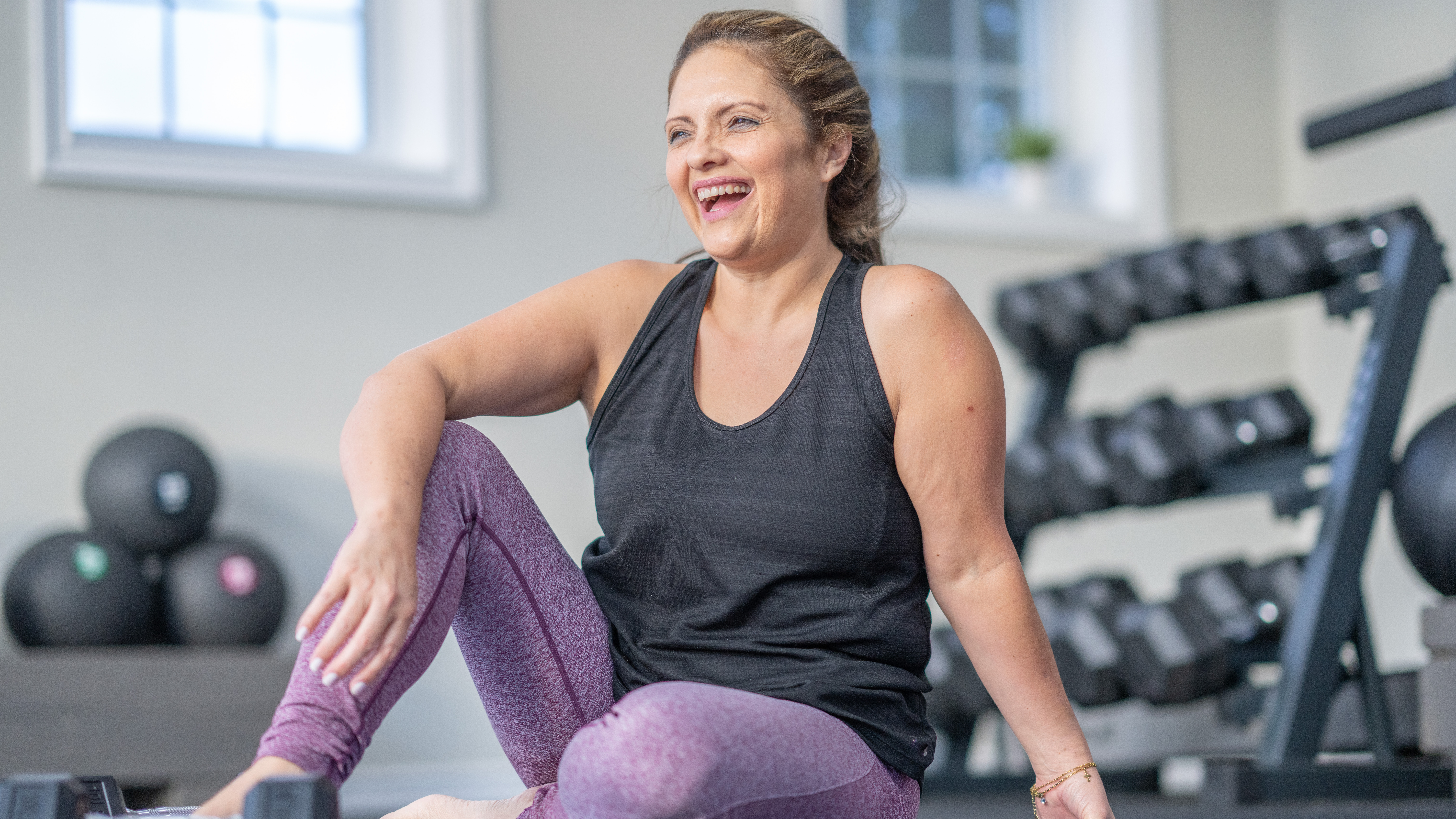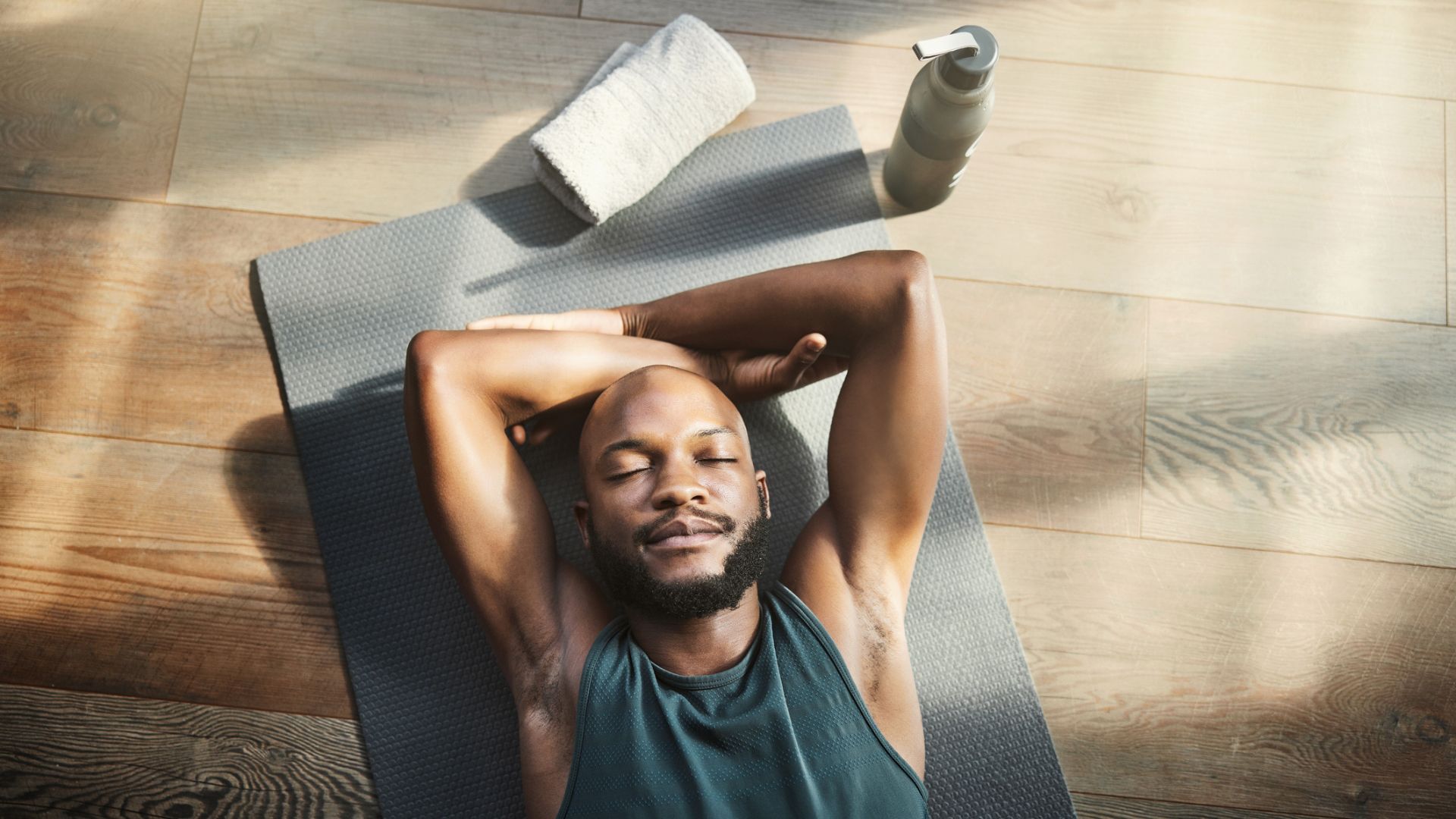What is the Sleep Low-Train Low strategy and how does it burn fat?
This carb-cycling training routine could be the key to improved endurance and intense workout performance


Whether your goal is to improve performance or burn fat, we want our exercise to be as efficient as possible. You can make plenty of adjustments, like the time of day you train or the muscles you work.
To keep track of how these changes impact your training, it's worth wearing one of the best fitness watches. These wrist-worn trackers can monitor your sleep, track workouts, and keep an eye on your heart.
If you're after another way to shake up your training, Sleep Low-Train Low (SLTL) is just what you need. According to a new study published in PLoS One, it can improve performance, even while working out at home.
The researchers recruited 55 cyclists and enrolled them in a three-week remote SLTL exercise program. This included three cycles of high-intensity training in an evening with low-intensity exercise the following morning.
By the end of the study period, there were improvements across almost all performance measures. But before you start to schedule your training, SLTL requires some unique planning.
To get the benefits of this training style, you need to adjust when you consume carbohydrates. This is common for runners, with pre-breakfast exercise recommended for long-distance training.
If you haven't eaten anything, then your supplies of carbs will be low. Without ready access to carbs, your body uses fat to power your workout, and intentionally withholding them trains your body to default to your fat stores.
Get the Fit&Well Newsletter
Start your week with achievable workout ideas, health tips and wellbeing advice in your inbox.
This macronutrient plays a vital role in your body, as it is broken down into sugar to give you energy. One of those sugars, glycogen, is stored in your muscles for immediate access during workouts.

SLTL blends these two approaches. For the study, the cyclists would eat a typical breakfast and lunch, train intensely in the afternoon, then eat a low-carb dinner before bed.
First thing in the morning, without eating anything, the group participated in low-intensity training. This cycle was repeated three times each week to achieve the study's results.
If restricting carbs helps to burn fat, then you may be wondering why you'd want to train in this way at all. A long-term low-carb diet prepares your body to burn fat, but it also decreases the amount of glycogen in your muscles.
Despite our negative perception of sugar, it plays a vital role in powering our bodies. In particular, it's a very efficient and quick way to release energy for high-intensity exercise.
Instead of permanently restricting carbs, SLTL selectively adjusts when you eat them. This helps switch to fat-burning for endurance exercise but prevents entirely turning off your sugar supplies.
Restricting carb intake makes most people feel exhausted and can be problematic if you have medical or health conditions. So, it's always worth consulting a healthcare professional before taking on SLTL.
However, as a guide, the study participants consumed 2g of carbs per kg of bodyweight at breakfast, lunch, and a snack, before cutting down to 0g at post-HIIT at dinner.
You can use several of the best fitness apps to keep track of what you've been eating throughout the day, and options like MyFitnessPal offer a breakdown of nutrient content too.
While there's growing evidence to support the benefits of SLTL if you're looking for a more straightforward way to burn fat, invest in some of the best workout equipment for home.
These home gym staples help you pack in cardio workouts and resistance training sessions without leaving the house. Plus, accessories like foam rollers can help you tackle post-workout DOMS too.

James is a London-based journalist and Fitness Editor at Fit&Well. He has over five years experience in fitness tech, including time spent as the Buyer’s Guide Editor and Staff Writer at technology publication MakeUseOf. In 2014 he was diagnosed with a chronic health condition, which spurred his interest in health, fitness, and lifestyle management.
In the years since, he has become a devoted meditator, experimented with workout styles and exercises, and used various gadgets to monitor his health. In recent times, James has been absorbed by the intersection between mental health, fitness, sustainability, and environmentalism. When not concerning himself with health and technology, James can be found excitedly checking out each week’s New Music Friday releases.
-
 "If I could choose just five moves to future-proof my body, these would be it"—A trainer says this longevity workout will help you build lasting strength and mobility
"If I could choose just five moves to future-proof my body, these would be it"—A trainer says this longevity workout will help you build lasting strength and mobilityBy Lou Mudge
-
 I tried four exercises designed to get rid of shoulder knots and I was surprised by the results
I tried four exercises designed to get rid of shoulder knots and I was surprised by the resultsA yoga instructor recommends this routine for reducing tightness in your upper body
By Alice Porter